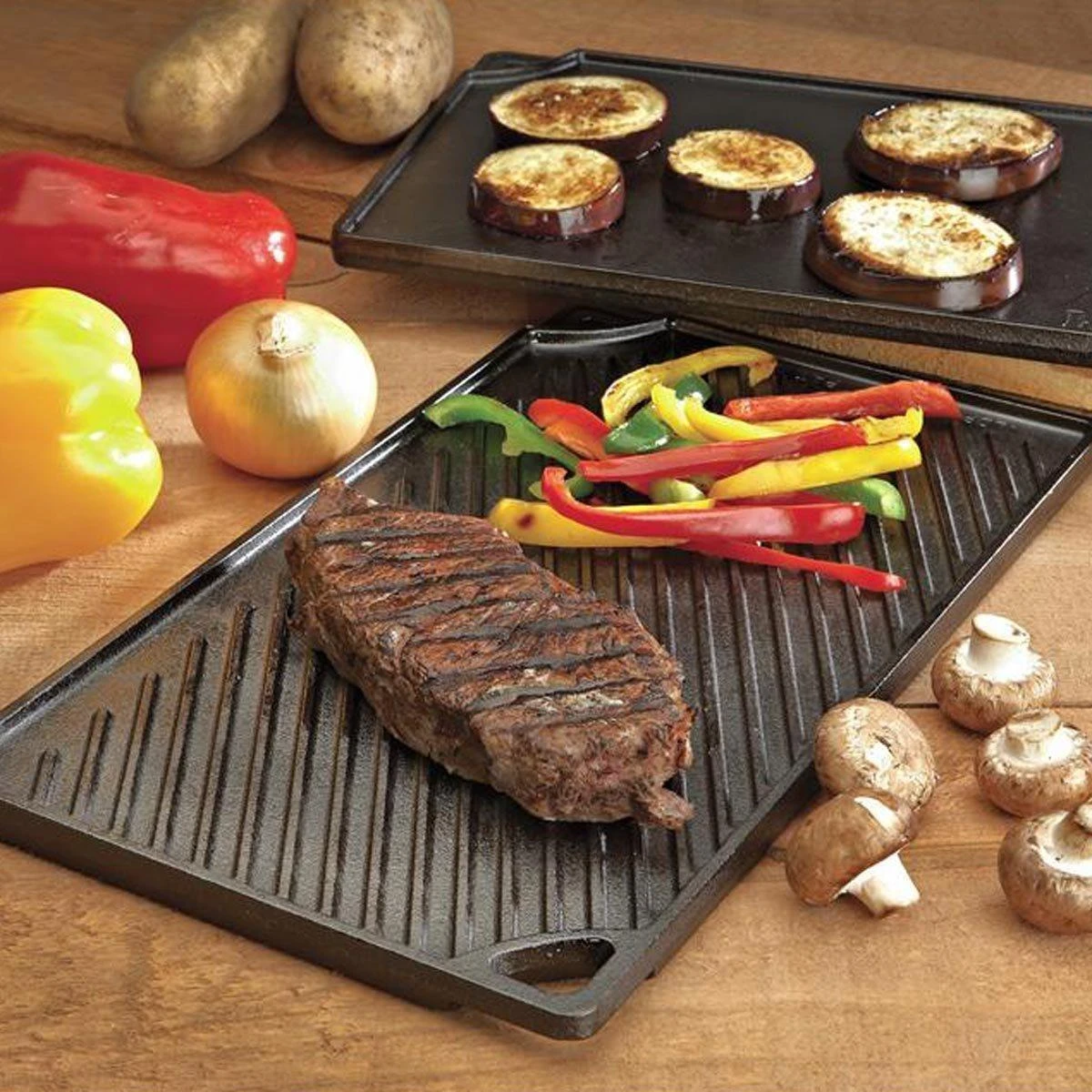
How to Restore and Maintain Your Rusty Cast Iron Skillet for Optimal Cooking
The Timeless Charm of Rusty Cast Iron Skillets
In the realm of culinary tools, few items hold as much mystique and nostalgia as the cast iron skillet. These heavy, hefty pans are more than mere cooking instruments; they are kitchen companions that bear the marks of love, culinary experimentation, and tradition. While a shiny, new cast iron skillet may seem appealing, there’s an undeniable charm to a rusty cast iron skillet that tells a story all its own.
A cast iron skillet is a versatile tool revered by chefs and home cooks alike. Its ability to retain and evenly distribute heat makes it ideal for a variety of cooking methods, whether you’re searing a steak, baking cornbread, or frying up a batch of crispy potatoes. However, over time and with a lack of maintenance, these skillets can develop a layer of rust. To the untrained eye, a rusty cast iron skillet might seem like a lost cause. Yet, this rustic patina, far from being a setback, is part of its character and history.
Embracing a rusty cast iron skillet can be a testament to resilience and tradition. Cast iron pans have been used for centuries, passed down through generations, each one accumulating its own history, culinary secrets, and charm. The rust signifies use—these skillets have been loved and utilized, often becoming a centerpiece in family gatherings and daily meals. They evoke memories of hearty meals served warm, stories shared over the stove, and laughter that filled the kitchen air.
Moreover, while rust may seem daunting, it is often reversible. With the right care and attention, a rusty skillet can be rejuvenated to its former glory. The process begins with careful cleaning. A gentle scrub with a mixture of salt and oil can help lift rust without damaging the seasoned surface. For more severe rust, using a steel wool pad can effectively remove the unwanted oxidation. After achieving a clean surface, it's essential to dry the skillet thoroughly to prevent any further rusting. Once dry, applying a thin layer of vegetable oil or lard and placing it in a hot oven will help reseason the skillet, restoring its cooking surface and enhancing its non-stick properties.
rusty cast iron skillet

The revival of a rusty cast iron skillet is akin to breathing new life into an age-old artifact. Each time you use it, you contribute to its narrative, adding layers of flavor and cooking experiences that make it uniquely yours. The idea of history intertwined with culinary art is what makes these skillets so appealing. They carry decades, if not centuries, of traditions and recipes that are waiting to be rediscovered.
In today's world of non-stick pans and disposable kitchenware, the appeal of a rusty cast iron skillet harkens back to a time when things were built to last. They are eco-friendly, requiring minimal resources to maintain compared to their modern counterparts. With proper care, a cast iron skillet can last a lifetime, becoming an heirloom that is passed down through generations, each adding their own recipes and stories.
Furthermore, using and restoring a rusty cast iron skillet can be a rewarding experience. It invites a deeper connection with the cooking process, promoting patience, craft, and an appreciation for traditional methods. As you reclaim the skillet from the grips of rust, each meal prepared within it becomes an act of homage to those who came before.
In conclusion, a rusty cast iron skillet is not just a cooking tool but a vessel of history and tradition. It symbolizes resilience, sustainability, and a connection to the culinary practices of the past. Embracing the rustic charm of these skillets can bring a sense of purpose and joy to your cooking experience, transforming ordinary meals into remarkable culinary adventures. So, the next time you encounter a rusty cast iron skillet, consider its potential not just as a cooking tool, but as a piece of art, history, and love waiting to be revived.
-
Premium Red Cast Iron Cookware Set Durable & Even Heating Kitchen EssentialNewsApr.29,2025
-
Premium Enameled Bakeware Nonstick, Durable & Versatile DesignsNewsApr.29,2025
-
Heavy-Duty Cast Iron Flat Griddle – Even Heating & Versatile UseNewsApr.28,2025
-
Camp Oven 12 Quart - Durable Cast Iron, Portable Outdoor Cooking SolutionNewsApr.28,2025
-
Durable Cast Iron Stand for Pots Protect Countertops & OrganizeNewsApr.28,2025
-
Double-Sided Cast Iron Grill Pan Dual-Surface Indoor/Outdoor CookwareNewsApr.27,2025


